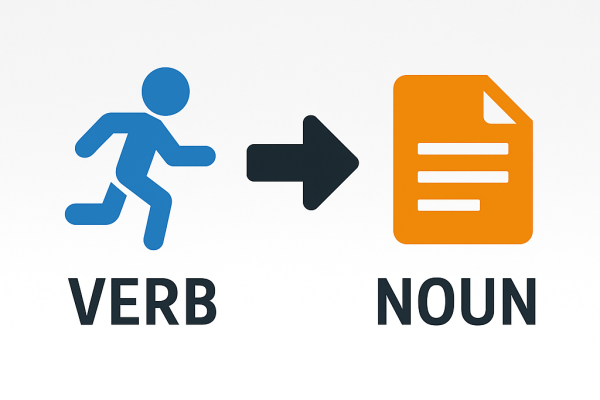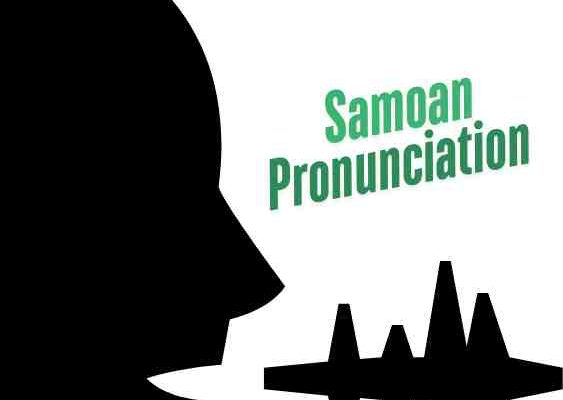
Using Music, Video, & the Bible to Learn Samoan Fast
Repetition is everything when you’re a beginner learning Samoan. If you’re able to hop on a plane and spend months in Samoa, surrounded by the language every day, that’s ideal. But for most people, that’s not realistic. The good news is this: you can still create immersion through intentional repetition. That’s exactly how I learned,…









